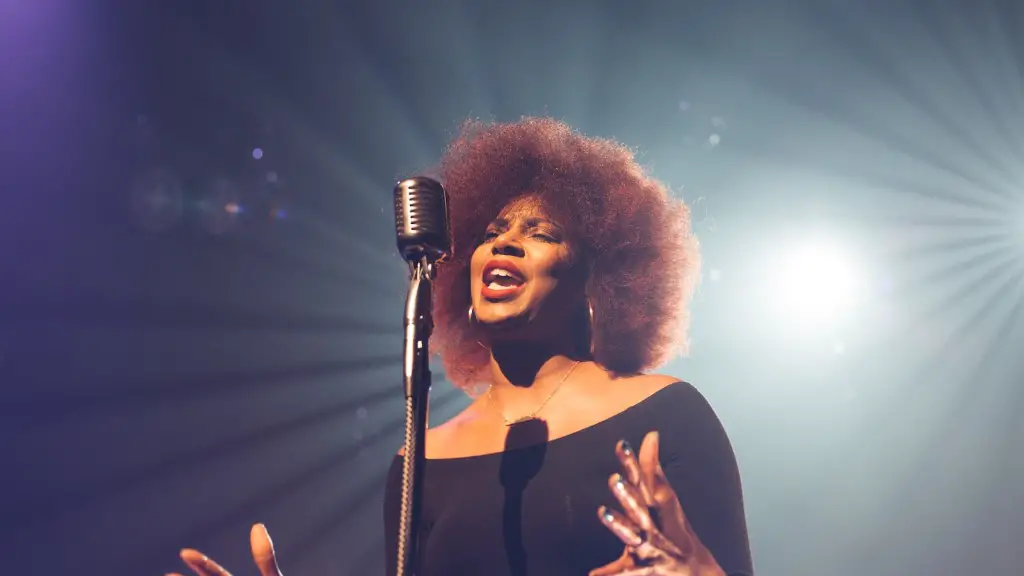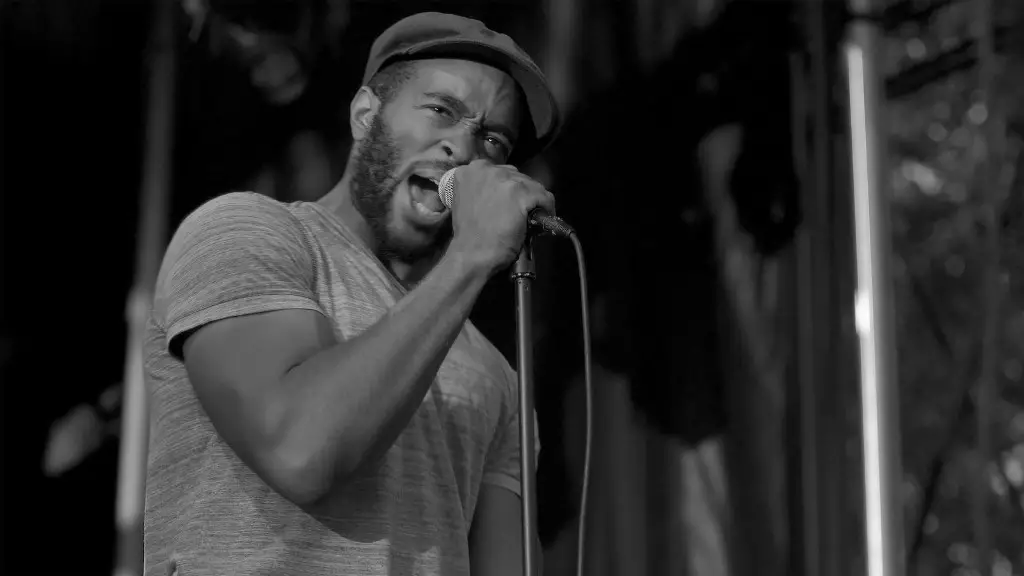Creating A Funny Cartoon: The Basics
Creating a funny cartoon can be a challenge, but if you know the right ingredients and techniques, you can ensure that your cartoon elicits plenty of laughs. Follow these easy steps, and you’ll be well on your way to making a cartoon that your audience will love.
The Process of Drawing a Cartoon
It all starts with a single stroke of the pencil. When you think you’ve got it, add a few more lines and as you do, think about angles and proportions so your face moves and gets life. Now it’s time for the eyes, put in a couple of your own reflections in it – make sure those eyes sparkle and have life. And don’t forget the eyebrows – these can have the biggest impact of all. They’re the most important part to get your message across. Make sure the eyes look truly happy and the eyebrows are upbeat.
After you’ve done that, move onto the nose. Make sure it’s cute, but also slightly bigger than the eyes. The same principle applies to the mouth – make sure it’s recognizable but also slightly larger than the nose. The mouth is one of the most important features in showing the funny expression of your cartoon.
Now it’s time to add the details. Add some creases and wrinkles to define the lips and chin a bit more. The wrinkles could be asymmetrical or diagonal depending on the desired expression. If you’re aiming for a funny cartoon with a silly expression, don’t forget to add some ears, for an extra playful feeling.
Finally, make sure the face looks harmonious with the body. If you’re going for a goofy character, exaggerate the size of some parts, like the hands and feet, to get that whimsical touch.
Adding Color to Your Cartoon
Now that you’ve created the perfect face for your cartoon, it’s time to add some color! Start by using bright primary colors like red, blue, and yellow. Play around with different shades of the same color to give your cartoon that extra 3D effect.
Once the body is colored, you can use a thicker marker to add the finishing touches to the face. This is a great opportunity to get creative with facial features; think big eyes and a long tongue! You can also use the black marker to add some outlines to make your cartoon stand out even more.
For detailed work, though, use a finer-tipped permanent marker. This will allow you to make intricate details like eyelashes, a bowtie, or buttons of a shirt.
Once you’re done with the coloring process, you can let your imagination run wild! Have fun with different patterns, animal shapes, and themes.
Adding Movement To Your Cartoon
The minute details of facial expressions can make all the difference in a funny cartoon, so it’s time to pay attention to mouth, eyes, and eyebrows. Add extra wrinkles to the eyes and mouth and some drama to the eyebrows.
Think of the character’s attitude. Is it a funny character or a shy one? Depending on the attitude and attitude, you can use different styles; a rascal with a mischievous grin or a clumsy one with crossed eyes.
The body should be equally expressive. If you want something flirty, give your character a bit of a sashay. If you want something sassy, add a bit of slant to the pose.
The last thing to consider is movement. Usually, you will be able to express more with a character in motion than a static one. Think of the character taking a leap, balancing on a tightrope, or even doing handstands!
Incorporating Humor
Humor is key when it comes to creating a funny cartoon. Whether it’s a witty joke, sarcasm, puns, or jokes that make your audience chuckle, you as the cartoonist will need to come up with solutions to draw something that’s genuinely funny.
The key to infusing your cartoon with humor is to focus on the details: facial expressions, body gestures, and even the amount of lines used. This will be what makes your cartoon smile, and make the audience smile along with it.
A cleverly written caption can also make a huge difference. Your audience can be completely taken in by a clever one-liner. But make sure you’re mindful of certain words and phrases so as to not offend your readers.
Using Hints and Storytelling
Adding hints and a bit of a story to your cartoon will take it up a notch – your audience might get the joke right away and be captivated the entire time. Simplicity and transparency are the key here; anyone should be able to get the hint of the story quickly and easily.
Think of ways to incorporate the bare minimum of details without sacrificing clarity. Use colors as cues and use outlines to bring your characters to life. It’s also a great idea to add props to your characters and give hints as to who they are and what they do.
When it comes to storytelling, your goal is to add depth to your cartoon. To achieve this, consider adding character relationships – like a hero and villain, a couple, or a group of friends. This way, you’ll be able to tell a story from the perspective of the characters and keep your audience engaged.


